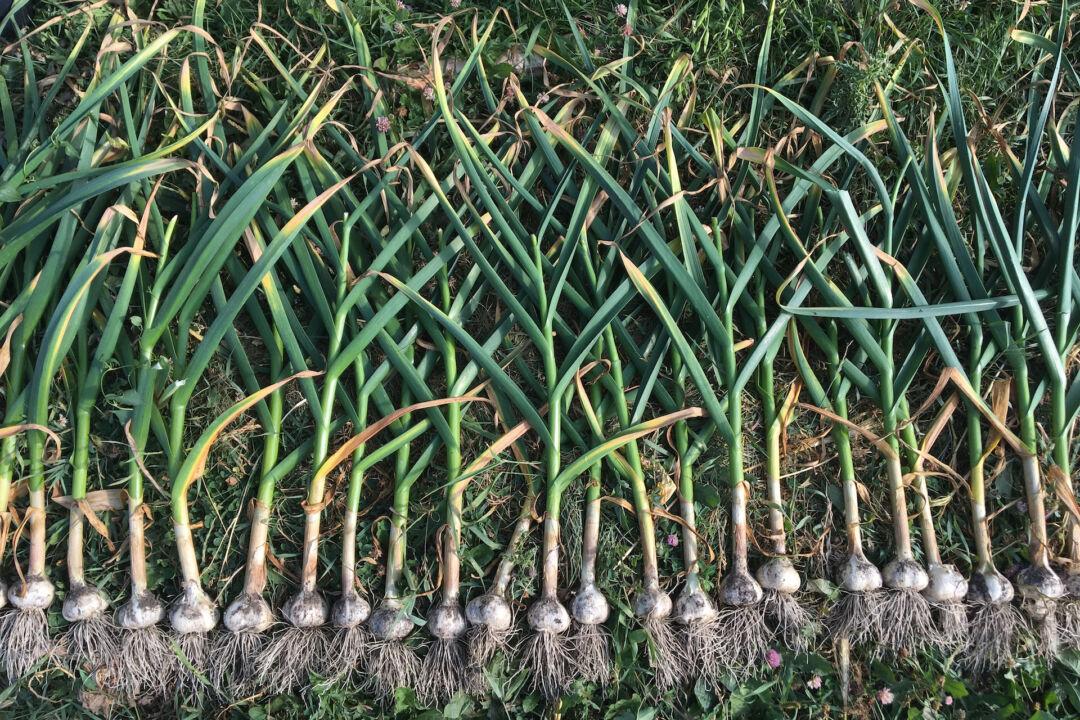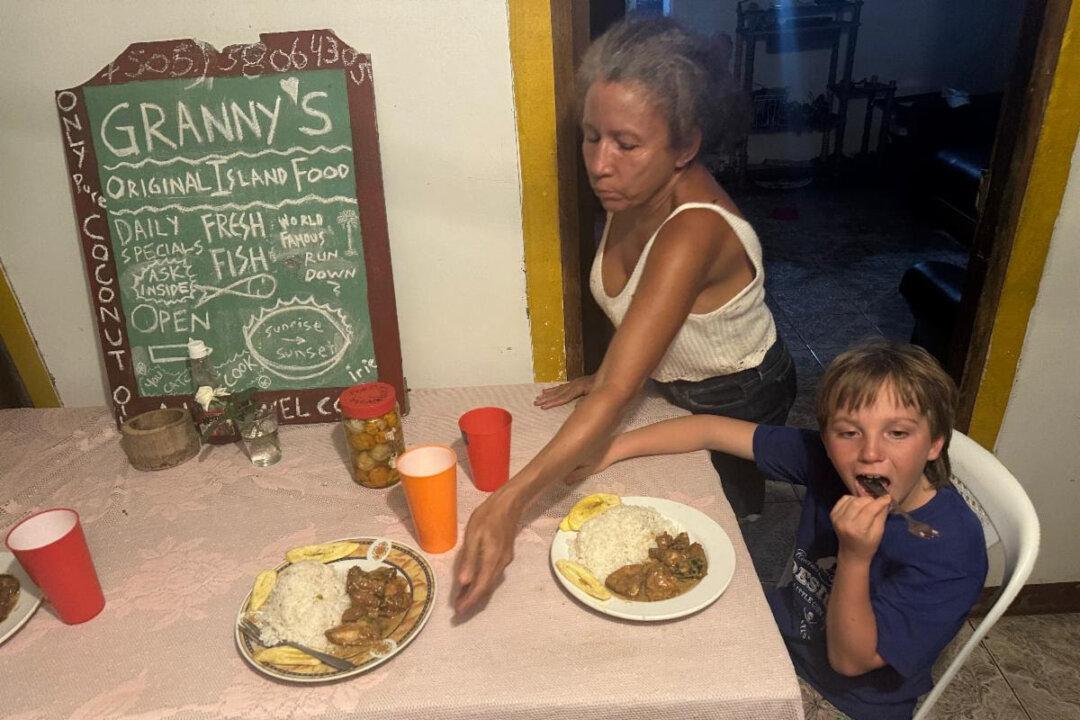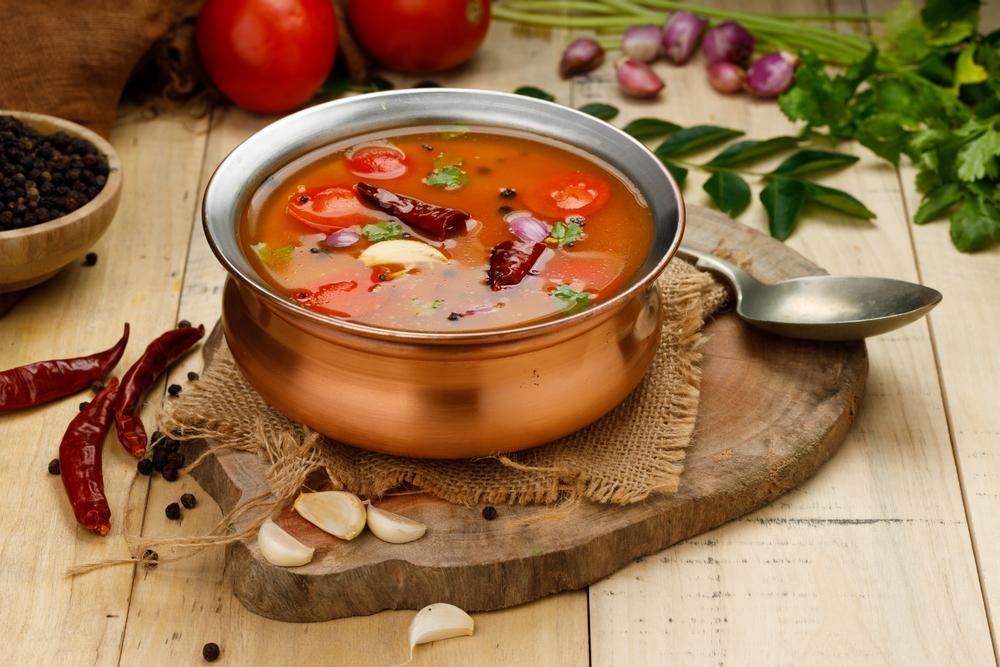A hard cocktail of rain, wind, and snowflakes assaulted the farmers market last week. It was the kind of prolonged spring squall that has to make a farmer—more of whom showed up than shoppers—question his or her career choices. The only thing that sold out was coffee, because everyone’s hands were cold. A vat of steaming congee, on special at the Vietnamese sandwich stall, would have sold out too, but they ran out of bowls.
I was lucky enough to nab a serving of that thick brew. I squirted on some hoisin sauce and began enjoying my morning, in a better position to appreciate the weather.
People eat congee virtually anywhere they eat rice. It’s many names translate into the likes of “white porridge,” “dilute rice” and “wet rice.” Whatever you call it, the process of making it always simmers down to the same basic idea: Cook a little rice in a lot of water, until you have a thick, warm cloud. Simply add flavor, and serve.
The Vietnamese sandwich seller, Le Ma, is of Chinese and Vietnamese ancestry. Where he comes from, congee is regarded as having especially nourishing and medicinal properties, akin to chicken soup in the West. “When you weren’t feeling well, that’s what people would make you,” he told me. “It’s easy to eat and easy to digest.”
It also doesn’t fill you up too much, he added. “A few hours later you’re hungry again. It’s a good breakfast food because it gets you going but won’t slow you down. And it’s also popular as a late night meal, because it’s a light comfort food you can eat before bed.”
While congee preparation is simple and straightforward, there is an endless array of ways you can cook, garnish, and serve it.
In Bhutan, congee is used to celebrate the Blessed Rainy Day, a holiday that marks the start of the annual monsoon season. In Thailand, ultra-bland congee is often served alongside extra-flavorful side dishes that you daintily add, a process that a Thai friend of mine described as combining “flavor” and “not flavor.”
When congee is served as a one-bowl meal, on the other hand, it’s customized toward the end of cooking, like the congee that showed up in my mom’s hospital room last week in Denver.
I’d stopped at a dim sum place to grab her some dumplings, her favorite, and decided to order wonton soup as well, which is basically dumpling soup. But my double dumpling delivery was derailed, as the kitchen mistakenly swapped the wonton soup for congee with flounder. It was pillowy and ethereal in texture, and flavored exquisitely with ginger and scallion, and Mom slurped it down. The next morning I reheated the congee with leftover broccoli with oyster sauce. Mom’s congee, once again, was perfect.
Two days later, I showed up at that stormy farmers market in time to buy a bowl of Ma’s chicken congee. It was garnished with cilantro and green onion from a neighboring stall, and to make it a bit more nutritious, he’d added quite a bit of quinoa. I must admit I thought quinoa congee sounded a bit crunchy, but I know enough about congee to not tell a Southeast Asian how to make it.
It turns out Ma knew best. And the proof: My kids couldn’t stop eating it.

Ma’s Chicken Congee
This recipe can be easily halved.- 1 cup quinoa
- 2/3 cup basmati rice
- 2 quarts water
- 2 quarts chicken stock
- 2 tablespoons oil
- 1 cup diced chicken
- 1 heavy cup chopped celery
- 1 heavy cup chopped carrots
- 1/2 cup finely chopped ginger
- 1 tablespoon salt
- 1 teaspoon black pepper
- Garnish: cilantro, green onion, lime, hoisin sauce
Meanwhile, heat the oil in a pan and sauté the chicken, celery, carrots, and ginger with the salt and pepper. Add it to the congee pot and cook for an additional hour or so, until it’s a consistency you like.
Garnish with chopped cilantro and green onion, a squeeze of lime, and a squirt of hoisin.





